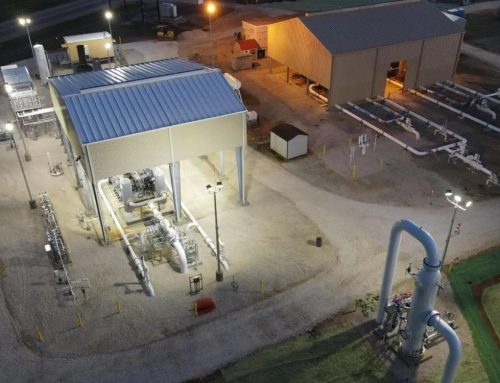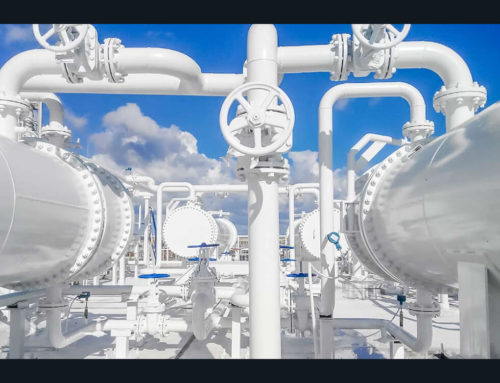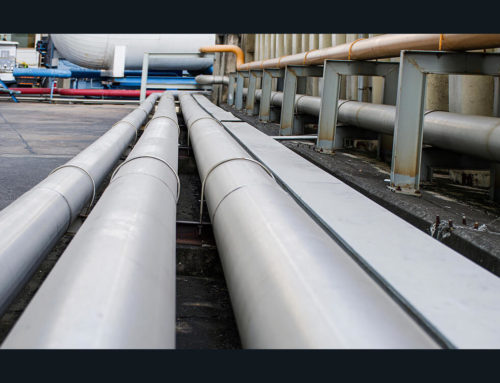Hydrogen Pipelines
Presented by: James Watson
Hydrogen is one of the fuels of the future and it is a critical feedstock for the chemical industry. Hydrogen can be used in fuel cells, synthetic fuels, and for heating to name a few applications.
Hydrogen contains the most energy by weight of any chemical fuel. Methane (usually consumed as natural gas) has the second highest energy level by weight but has only 40% of the energy that hydrogen does. The tablebelow gives a perspective of the energy available from different fuels as compared to hydrogen.
Where to Find Hydrogen
Hydrogen is available in great quantities on Earth combined with other elements to make water and hydrocarbons.III Hydrogen makes up 0.00005% of the atmosphere and 0.14% of the Earth’s crust. Hydrogen must be produced from the molecules that contain it. The most common methods are steammethane reforming using natural gas (95% of production) and electrolysis using water. Developing technologies such as bio-derived liquids and microbial biomass conversion may make use of solar energy and biomass for more direct generation of hydrogen as they become cost competitive. The graphic on the next page illustrates the current and potential production processes.
Categories of Hydrogen
Hydrogen might be categorized by the energy sources for its production. Think of hydrogen produced using renewable energy as renewable hydrogen or green hydrogen, hydrogen produced from coal as brown hydrogen, hydrogen produced from natural gas or petroleum as grey hydrogen. When brown or grey hydrogen production is combined with carbon capture and storage, it is referred to as blue hydrogen.

Storage, Transportation, and Blending
Gaseous hydrogen must be stored after being made.
Hydrogen pipelines operate in the gas region. Some design considerations include:
The benefits of blending hydrogen into natural gas include significant reduction of greenhouse gas
emissions (if hydrogen is produced from renewable sources). The potential benefits come from reducing
petroleum consumption and improving air quality by reducing sulfur dioxide, oxides of nitrogen, and
particulate emissions; greening natural gas: when a hydrogen/natural gas mixture is used in existing
appliances for heat and electricity generation.
One of the challenges to blending hydrogen into natural gas is the impact of hydrogen on performance of end uses and pipeline infrastructure, and the differences between hydrogen and natural gas with regard to price and heating value.






